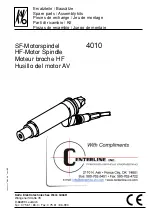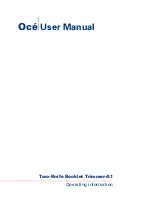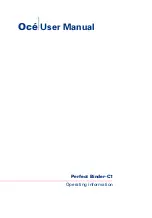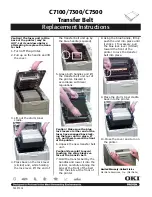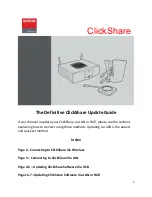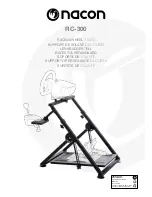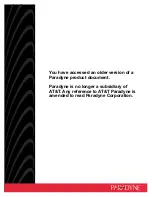
Rheonics | Switzerland | U.S.A.
SRV, SRD, SRV-FPC, SRD-FPC Installation and Intrinsic Safety Manual
P. 20
Version 2.0, Updated: October 29, 2020
Rheonics GmbH, Klosterstrasse 19, 8406 Winterthur, Switzerland
©Rheonics. Rheonics confidential and proprietary information.
5.3.
Installation diagrams
The following diagrams show how the sensors, their cables and the associated Zener diode
barriers must be connected in order to ensure intrinsic safety of the entire system.
The selected connection method depends on the configuration of the sensor, as well as the
choice of temperature measurement connection.
For all variants, the following rules must be followed:
The cable shield must be connected to one of the sensor-side grounding terminals of the Zener
diode barrier associated with the transducer coil circuit. In the following circuit examples, this is
the P Fuchs Z757 Zener diode barrier. The cable shield should be connected to either
terminal 2 or 3 of the Zener diode barrier.
The Zener diode barrier(s) must be grounded to a known-reliable earth ground. It is the
responsibility of the installer to ensure the quality and reliability of the selected ground point.
Zener diode barriers are delivered with installation instructions that include information about
grounding methods. Zener diode barriers that are mounted on DIN rails generally have
grounding mechanisms that engage with the rails, which themselves must then be tied to a
known-reliable grounding point. It is the responsibility of the installer to ensure that the Zener
diode barri
ers are properly and reliably grounded according to the manufacturer’s
specifications.
In the event that more than one sensor is used in a system, the decision of how to bond the
sensors to a grounding point depends on the layout of the system. One of the configurations
shown in section 5.4.3 below may be used, depending on which is the most convenient. In the
given examples, a system with three sensors is shown, although larger printing applications may
have 10 or more sensors installed on a single machine.
First, we consider different wiring configurations for alternative Pt1000 temperature sensor
connections.
Variant 1: Standard sensor with Pt1000 temperature element installed in the sensor tip. 4-wire
connection of the Pt1000 circuit to the electronics unit. 2 Zener diode barriers with 2 channels
each are required for the Pt1000 circuit. A single 2-channel Zener diode barrier is required for
the sensor coil circuit. This configuration provides the highest temperature accuracy, but
requires two Zener diode barriers for connection.
Variant 2: Special sensor with no Pt1000 temperature element installed. No Zener diode barriers
are required for the Pt1000 circuit. A single 2-channel Zener diode barrier is required for the coil
circuit.
Variant 3: Standard sensor with Pt1000 installed, with 3-wire connection to the electronics unit.
A single 2-channel Zener diode barrier is required for the Pt1000 circuit. A single 2-channel
Zener diode barrier is required for the coil circuit. The advantage of this circuit is that one less




























